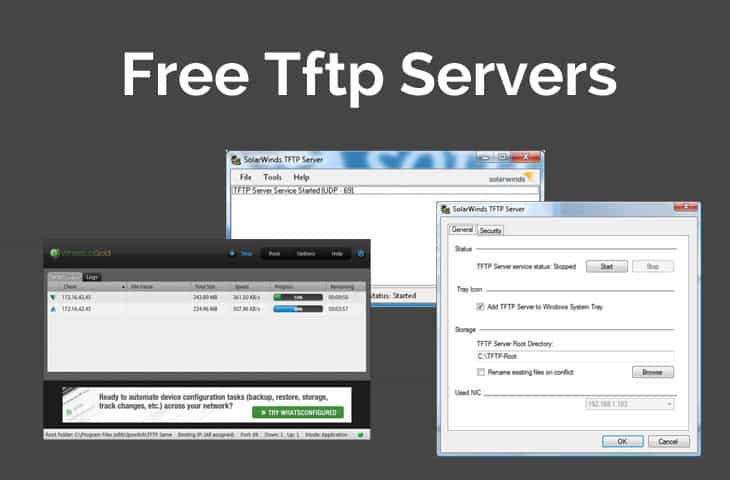

If the WDSTFTP registry key is missing or corrupt, you will need to reinitialize the server. (Click Start, type regedit in the Start Search box, and then press ENTER.)Įnsure that the WDSTFTP registry key exists at the following location: HKLM\SYSTEM\CurrentControlSet\Services\WDSServer\Providers\WDSTFTP. To ensure that the registry data is not corrupt: Before making changes to the registry, you should back up any valued data. To perform these procedures, you must either be a member of the local Administrators group or have been delegated the appropriate authority.Ĭaution: Incorrectly editing the registry might severely damage your system. To resolve this issue, do the following in the specified order:Įnsure that the registry data is correct.Įnsure that the registry permissions are correct. If the registry data is corrupt or the TFTP server does not have sufficient permissions, the TFTP server will not be able to download these files.

You use the Trivial File Transfer Protocol (TFTP) server for Windows Deployment Services to download the files that are needed to do a network boot using the Pre-Boot Execution Environment (PXE). The TFTP server downloads boot files such as, , Bootmgr.exe, and Default.bcd, as well as the boot image that contains Windows Preinstallation Environment (Windows PE). The end goal is to enable a client to do a network boot and receive a network boot program (NBP) from a network boot server. PXE technology is a standard created by Intel that establishes a common and consistent set of pre-boot services within the boot firmware. You use the Windows Deployment Services Trivial File Transfer Protocol (TFTP) server to download the files that are needed to do a network boot using the Pre-Boot Execution Environment (PXE).


 0 kommentar(er)
0 kommentar(er)
